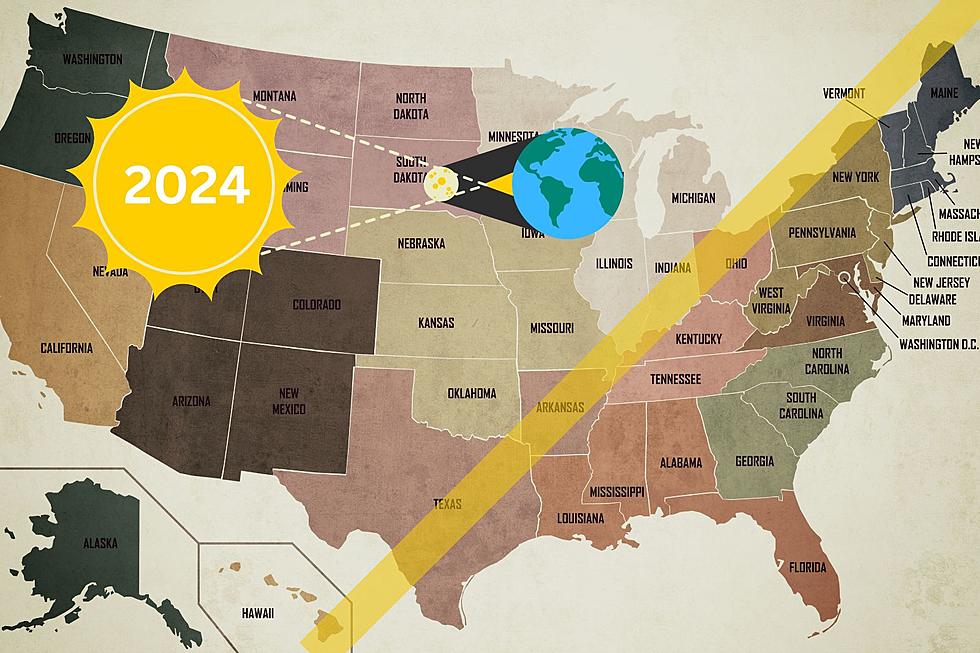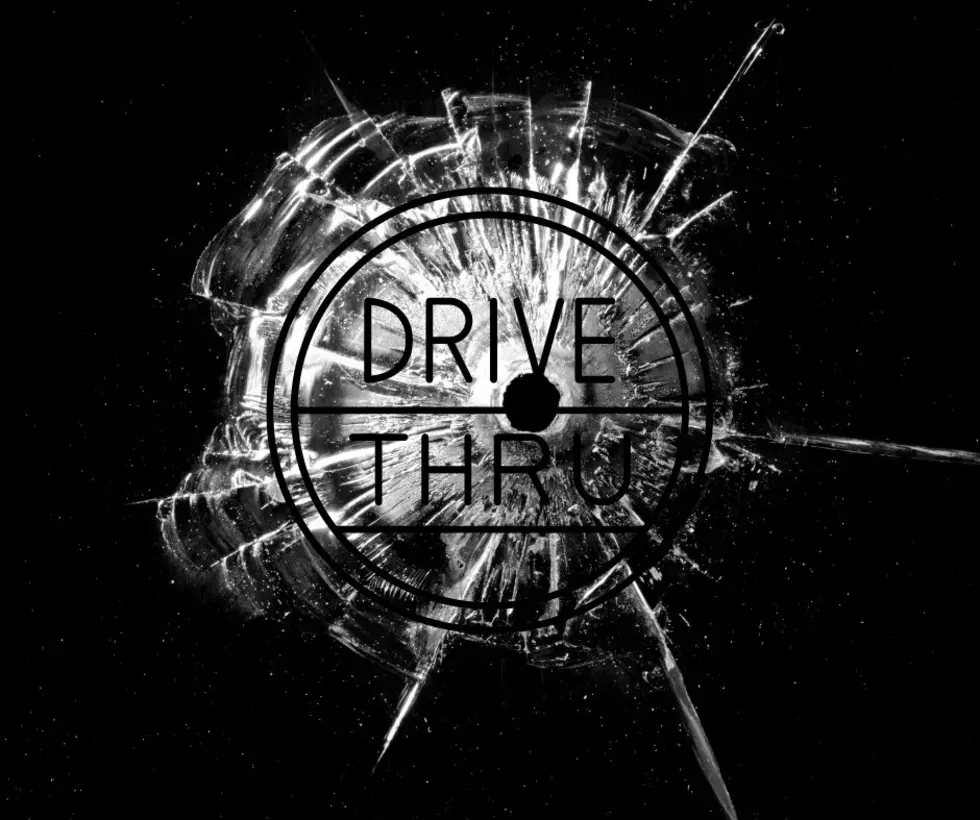
Hey Indiana: Here’s How to Know If Your Eclipse Glasses Are Safe
The eagerly anticipated April 8, 2024, total solar eclipse will grace the skies over Indiana, as well as parts of Illinois, and Kentucky, providing a breathtaking celestial spectacle. However, it's essential to prioritize eye safety when witnessing this extraordinary event. Learn about the guidelines, filters, and precautions recommended for safely viewing the April 8, 2024, total solar eclipse.
Do Not Look Directly at the Sun
During this momentous eclipse, it's crucial to remember that looking directly at the sun without proper protection can cause severe eye damage. To safeguard your eyes, special-purpose solar filters are essential throughout all phases of the eclipse, including the partial and total phases.
Make Sure Your Viewing Glasses Have the Right Certification
According to NASA you need to ensure that your solar filters bear the ISO 12312-2:2015 certification and confirm that the manufacturer's name and address are printed on the product. Avoid using filters that lack certification information, have torn or scratched lenses, or loose frames, or were made before 2015.

A Warning from the American Astronomical Society
The American Astronomical Society warns consumers to beware of counterfeit eclipse-viewing glasses. The organization says that in the weeks leading up to the eclipse in 2017, desperate consumers were being taken advantage of and many purchased glasses that were not properly certified to protect their eyes. On its website, the American Astronomical Society lists reputable manufacturers, distributors, and importers. You can find that full list here.
Even more unfortunately, unscrupulous vendors can grab the ISO logo off the internet and put it on their products and packaging even if their eclipse glasses or viewers haven't been properly tested. This means that just seeing the ISO logo or a label claiming ISO 12312-2 compliance isn't good enough. You need to know that the product comes from a reputable manufacturer or one of their authorized dealers. The AAS Solar Eclipse Task Force has been working diligently to compile a list of such vendors, now posted on our Suppliers of Safe Solar Viewers & Filters page. We've checked companies' ISO paperwork to make sure it's complete and that it comes from a properly accredited testing facility, and we've personally examined many companies' products. We've asked manufacturers, importers, and distributors to identify their authorized resellers, and we've asked dealers to identify the source of the products they're selling. Only when everything checks out do we add a vendor to our listing.
Read and Follow the Instructions
Adhering to the correct usage of eclipse filters is paramount. Read and follow the instructions provided with your solar filter carefully. Before observing the sun, wear your eclipse glasses or hold your handheld solar viewer up to your eyes.
Taking Off Your Viewing Glasses
When you've finished viewing, turn away from the sun before removing the filter. If you find yourself within the path of totality, you may remove the filter only when the moon completely covers the sun's face. Once the sun begins to reappear, promptly reapply your filter to observe the remaining partial phases.
Other Ways to View the Eclipse
In the absence of solar filters, you can resort to alternative methods such as pin-hole projection. For example, cross the slightly open fingers of one hand over the other hand's fingers. With your back to the sun, observe the shadow of your hands on the ground. The spaces between your fingers will project a grid of small images depicting the sun as a crescent during the partial phases of the April 8, 2024, total solar eclipse.
Make an Eclipse Projector with a Cardboard Box
Another option for safe viewing is to create an eclipse projector using a cardboard box, aluminum foil, and a white sheet of paper. By allowing sunlight to pass through a pinhole onto the paper, a crescent-shaped image of the sun can be observed without directly looking at it.
Never Look Through Any Type of Camera or Telescope Lens
Remember, it is never safe to look at the sun through an unfiltered camera, telescope, binoculars, or any other optical device during a solar eclipse. Even if you are wearing eclipse glasses or using a handheld solar viewer, concentrated solar rays can still cause serious eye injury.
Prioritize Your Safety & Protect Your Eyes
Always prioritize your safety and protect your eyes during this extraordinary celestial event. If you have any doubts or require further advice, seek guidance from an astronomer or a qualified eye-care professional. By following the recommended guidelines and using appropriate solar filters, you can witness the awe-inspiring total solar eclipse over Indiana, Illinois, and Kentucky on April 8, 2024, without compromising your eye health.
Please note that this article is for informational purposes only and does not constitute medical advice.
[Source: NASA; EclipseAAS.org]
LOOK: 31 breathtaking images from NASA's public library
Gallery Credit: Deborah Brosseau


